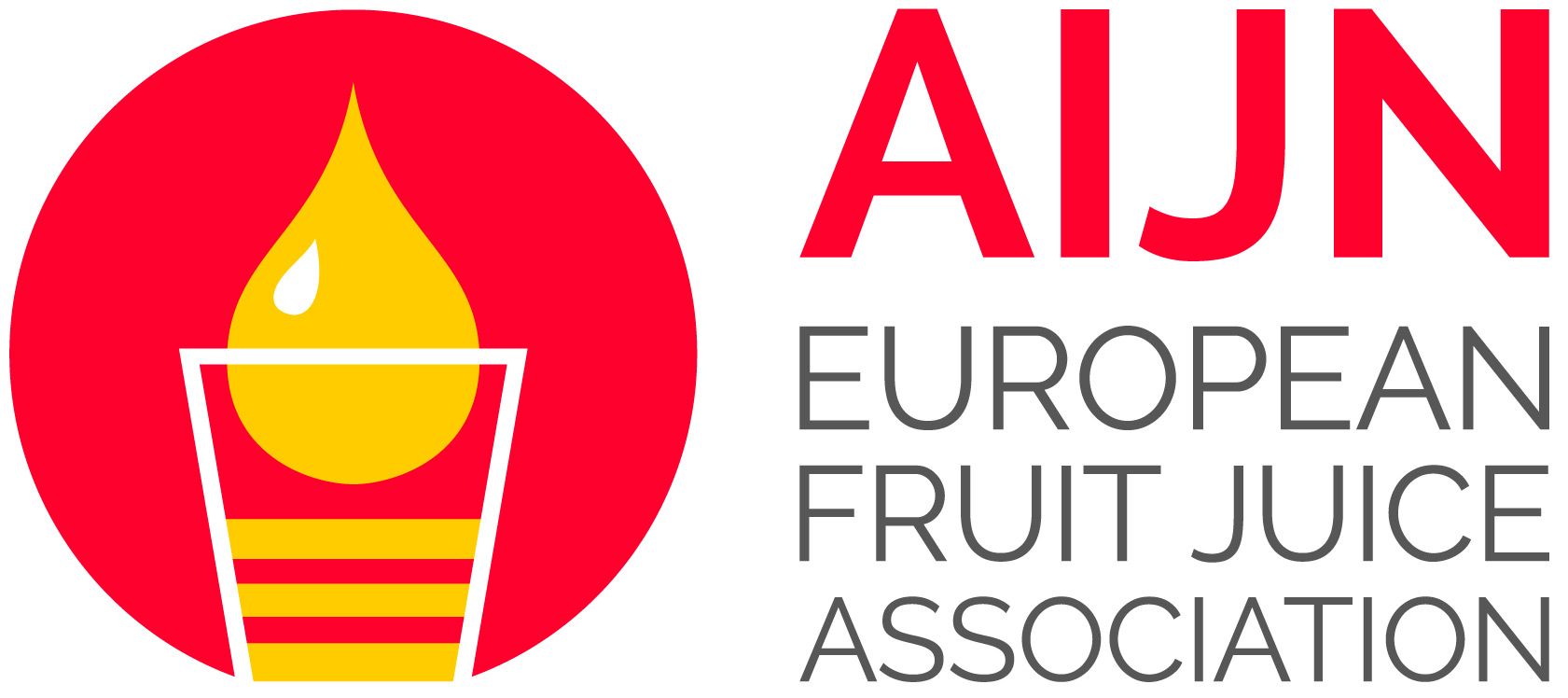Publications
Juice Safety
Safety is a primary requirement for AIJN members, and the basis for Good Manufacturing Practices is defined in the AIJN Code of Practice. With this Code, AIJN can promote the highest quality for our category of product.
As an example of the work done by AIJN in that field, the AIJN Code of Practice now includes the “Guide to Good Hygiene Practices in the Juice Industry” and the “Alicyclobacillus Best Practice Guideline”.
The “Microbiological Guidelines for Fruit and Vegetable Semi-Finished Products” is another example of the importance that our sector puts on food safety as a means of self-regulation in addition to other EU food safety rules that are applicable to the sector. Some of those Community rules are the following:
- The EU Hygiene Package applicable since 2006, which includes Regulation (EC) No 852/2004 on the hygiene of foodstuffs. This establishes the fundamental principle that primary responsibility for food safety rests with the food business operator. The Regulation also sets out a certain number of obligations for food business operators, but at the same time encourages development of Community and national guides to good practice, which food business operators may use on a voluntary basis.
- Regulation (EC) No 2073/2005 on microbiological criteria for foodstuffs adopted in 2005 establishes harmonised microbiological criteria for certain pathogenic micro-organisms and the implementing rules to be complied with by food business operators when implementing the general and specific hygiene measures referred to in Regulation (EC) N°852/2004.
- Council Regulation 315/93/EEC adopted in 1993 that sets basic principles on contaminants in foods assuring that food containing a contaminant in an amount unacceptable from the public health viewpoint and in particular at a toxicological level, shall not be placed on the market.
- Commission Regulation (EC) No 1881/2006 sets maximum levels for certain contaminants in food in order to protect public health. Maximum levels in certain foods are set for the following contaminants: nitrate, mycotoxins, metals, 3-MCPD, dioxins and dioxin-like PCBs, non dioxin-like PCBs, PAHs, melamine and erucic acid.
- Regulation (EC) 396/2005 harmonises and simplifies pesticide maximum residue levels of pesticides (MRLs) in or on foods. The MRLs apply to over 300 fresh products and to the same products after processing, adjusted to take account of dilution or concentration during the process. This Regulation also sets a general default MRL of 0.01 mg/kg applicable where a pesticide is not specifically mentioned. The MRLs for all crops and all pesticides can be found in the MRL database on the European Commission website
